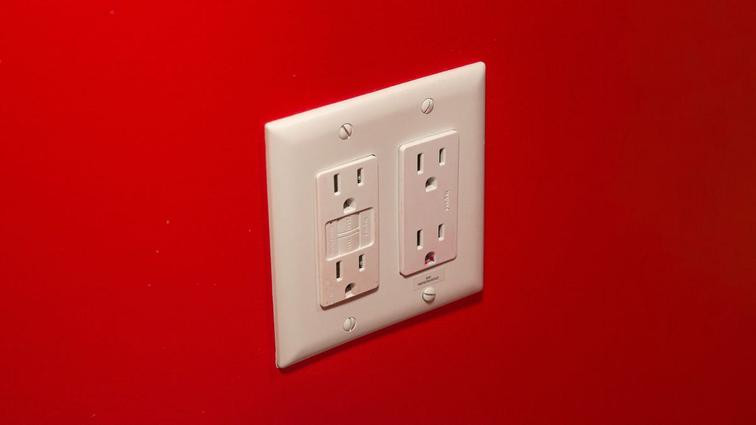This winter is hitting hard, and if you’re relying on a space heater or curling up with an electric blanket, you’ve probably noticed your electricity bill creeping up. But before you brace yourself for higher costs, ask yourself one simple question: Are all the appliances and devices you’re using actually necessary? The truth is, some of them are silently draining power — and your wallet. The good news? You can start saving money right now with one easy fix: unplugging them.
Rising energy costs are a common concern. A recent survey reported that about 78% of US adults are stressed about high energy bills. There are plenty of ways to tackle these seasonal energy surges, however. A key tactic is addressing “energy vampires” — the devices and appliances that draw electricity even when they’re switched off. Items like TVs, computers, printers, coffee makers and even electric toothbrushes are common culprits. To minimize the impact of energy vampires on your energy bills, experts recommend unplugging these devices when they’re not being used. It may seem like a small step, but according to the US Department of Energy, this simple habit can save the average household up to $100 annually.
Below, we’ll answer how much money unplugging home appliances can actually save you and whether the energy savings are worth unplugging and replugging appliances each day. Plus, to maximize your energy savings, we also have tips on how to lower your water bill, the best temperature to set your thermostat at to save money and the energy-efficient way to do laundry to cut utility costs. It might seem counterintuitive to unplug your appliances. After all, they’re off, so why would they be sucking up energy? The fact is, household appliances actually still use energy even when they are turned off but still plugged in, according to Energy.gov. Whether the device is switched off or in standby mode, some of the worst offenders are:
Many people are shocked to realize how much standby power can add up. Standby power accounts for 5% to 10% of residential energy use, according to the Department of Energy. How much you save could depend on how many devices you use — and your habits with them. For instance, an educational experiment from Colorado State University found that a combo radio/CD player/tape player used 4 watts continually, whether it was in use or not. Unplugging it when not in use would save 100 times as much power during the lifetime of the device. A study published by the Natural Resources Defense Council (PDF) found that reducing the load from always-on devices would save consumers a total of $8 billion annually and avoid using 64 billion kilowatt-hours of electricity per year. It also has environmental benefits, like preventing 44 million metric tons of carbon dioxide pollution. The NRDC estimated the cost of always-on devices at up to $165 per household per year on average. Buying a smart plug can help you conserve energy by controlling the power on virtually any device you plug in.
The first step is, of course, to unplug anything that is not actively in use or not used often. Examples of devices that could easily be unplugged include TVs and set-top boxes in guest rooms. It’s also generally easy to unplug media players when not in use, like a radio or CD player. When you take your device off its charger, it can help you get into the habit of unplugging that charger as well. You might also be surprised how many devices we have plugged in that we don’t even use anymore. Examples could include old wireless phones, old media players or lamps that are more decorative than functional. Unplugging and replugging in everything can get tedious, especially if your outlets are in hard-to-reach places.
If the outlet is inaccessible, it will be hard to keep up. Instead, you can also set up ways to make the process of cutting phantom load more automatic. You can plug devices into surge protectors. That way, one flick of a power switch button can turn off multiple devices. You can also get timers to plug devices into or smart plugs so that you can automate when the power is connected to a device. For instance, you might set the time for the TV’s power so it is only connected during peak use times like evenings or weekends. Investing in a smart thermostat that can keep your room comfortable, while optimizing for power consumption is a good investment for long-term savings.
Similarly, installing LED light bulbs is an excellent investment that uses far less energy compared to incandescent lightbulbs. While the initial outlay might seem high, the savings add up over the years. You can also look into getting Energy Star products. Many of these products are rated to have lower standby power use than products that are not rated by Energy Star. As power bills get higher and more erratic over time, it’s more vital than ever to find ways to save on electric costs. For instance, in addition to unplugging devices in the home, you can take a look at our guide about turning off lights when not in use.


